
News, Insights, and more on Industrial IoT
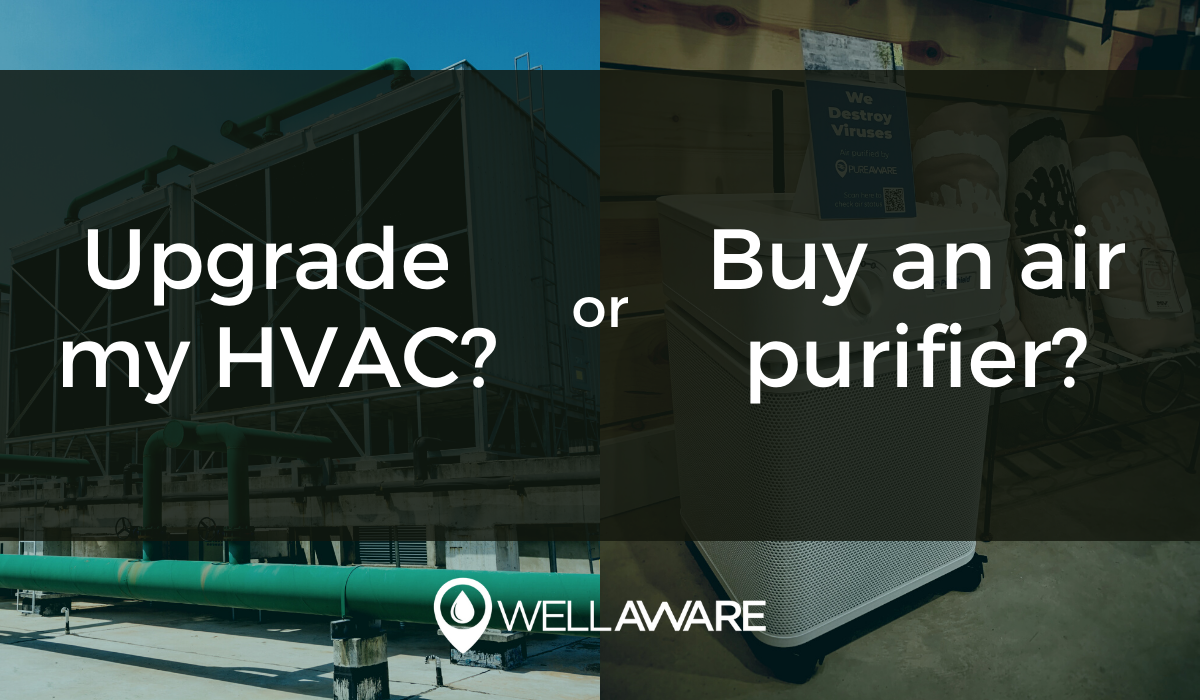 As leaders contemplate building reopenings, there is tremendous pressure to improve the health and hygiene of indoor spaces. We’ve learned recently that COVID-19 can spread through airborne aerosolized droplets, which means that surface cleaning and social distancing may not be enough to keep people safe in many environments.
As leaders contemplate building reopenings, there is tremendous pressure to improve the health and hygiene of indoor spaces. We’ve learned recently that COVID-19 can spread through airborne aerosolized droplets, which means that surface cleaning and social distancing may not be enough to keep people safe in many environments.
In fact, public health experts are now emphasizing the importance of air quality management in minimizing the spread of the virus. The challenge lies in discerning the best path forward, as there are several ways to sanitize and filter indoor air, although some create other risks. The right solution depends on a number of factors, including budget, timeline, and building design.
Fortunately, there are two approaches that we know are safe and effective:
In this post, we discuss these approaches separately and provide a recommendation on what we believe is the best option for any leader who wants to protect building occupants during the current and future pandemics.
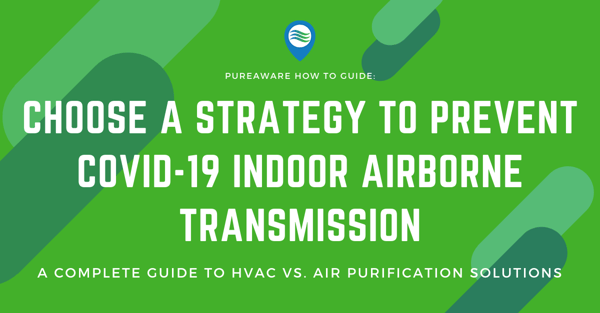
Want more detail on the best HVAC upgrades and air purifier technology? Download our new eBook to read the prices, pros, and cons of each strategy.
There is a growing body of evidence that supports the case for making certain HVAC upgrades today to combat the novel coronavirus and other airborne contaminants. HVAC systems capable of handling high-efficiency MERV filters can effectively capture droplets that contain SARS-CoV-2 particles and other microbes.
On top of that, HVAC upgrades today may be valuable for a long time. If building codes change after COVID-19, and many expect they will, upgrading your HVAC system is likely a smart investment.
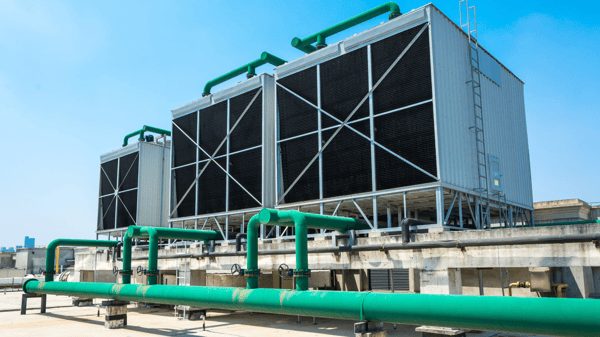
Upgrades to air conditioning filters and components can be a great way to reduce indoor airborne transmission of diseases like COVID-19, but high costs and long wait times can deter many from making them.
HVAC upgrades can also be a powerful motivator for people who are hesitant to return to indoor spaces, especially when they have the option to remain at home. You can prove your commitment to minimizing COVID-19 spread by investing whatever it takes to incorporate high-efficiency filters into your HVAC system.
On the downside, HVAC updates can be tremendously costly. You may need new ductwork, components, add-ons, and more to enable the filtration needed to pull COVID-19 particles out of the air.
Additionally, HVAC companies all over the country are swamped with requests right now as leaders begin to take action. If you haven’t made any progress yet, it could take a while to upgrade depending on local market conditions.
Ultimately, you need a timely, virus-effective, and cost-effective solution, which can be hard to find in the current environment. While we do recommend upgrading your HVAC system, we recognize that it isn’t feasible for every organization right now.
This is where air purifiers come into play. If overhauling your HVAC system seems too costly or time-consuming, you can also use standalone or portable air purifiers to reduce indoor viral load and improve air quality in certain spaces. Ideally, you could use air purifiers to complement existing HVAC upgrades.
Due to the high upfront costs of making HVAC improvements, however, portable air filters might be the better immediate solution. Leaders need air quality interventions that are effective against COVID-19 right now and inspire confidence in reopenings. Portable air purifiers accomplish both of these objectives.
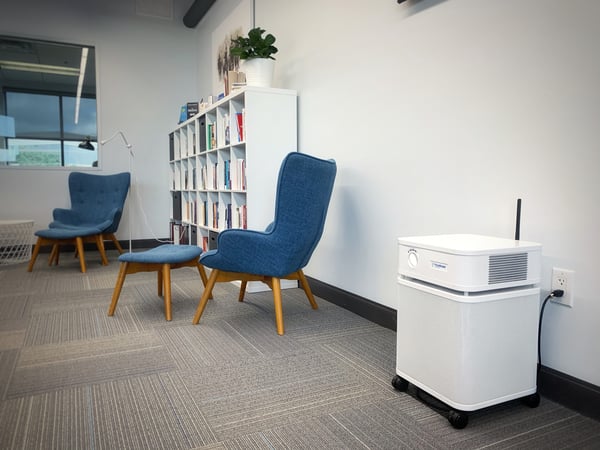
Portable air purifiers may not have the whole-building reach of HVAC upgrades, but they are inexpensive and easy to set up in higher-risk areas.
Standalone filters are particularly valuable in high-risk areas, such as patient rooms, high-occupancy floors, conference rooms, elevators, classrooms, and smaller spaces where people tend to gather. They supplement HVAC upgrades by providing coverage and additional clean air changes in rooms that broader air filtration improvements may not reach.
Overall, modern portable air filtration technology is both low-cost and low-maintenance. The devices themselves are cost-effective, and you don’t have to pay exorbitant fees for professional installation.
As an organizational leader, you need to take action today. The time, money, and energy you invest won’t be wasted. The rest of the world is moving forward with solutions that minimize COVID-19 spread and bolster air quality management for future pandemics. People who don’t jump on board will fall behind quickly.
To reiterate, you don’t have to decide between upgrading your HVAC system or purchasing portable air purifiers. These solutions are not mutually exclusive. In our view, the best answer is to implement both.
A broader HVAC update can provide a solid foundation to improve building air quality. While you evaluate the cost and wait for these upgrades, use portable air purifiers to provide necessary clean air. Once HVAC upgrades are completed, keep air purifiers in use for high-risk areas, events, gatherings, or rooms where HVAC ventilation may be less effective.
By choosing both options, you can keep harmful pathogens from spreading far and wide through your HVAC system while reinforcing high-traffic or underserved indoor areas.
Perhaps more importantly, you can market your efforts to the public and give occupants the assurance they need to feel comfortable returning to your space, whether it be an office, restaurant, healthcare facility, school, or any other type of building.
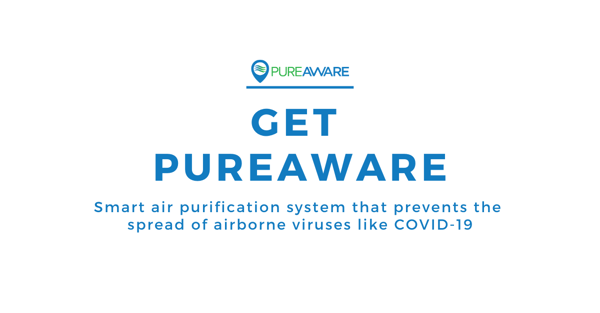
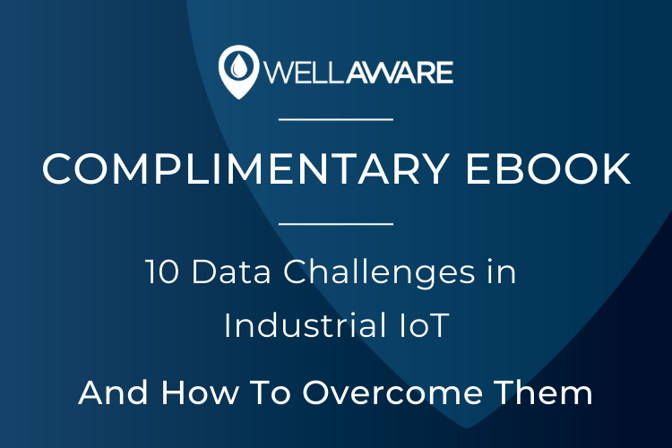
Having a data challenge? You're not alone.
Sign up for our blog and receive a free eBook on the 10 data challenges in Industrial IoT and how to overcome them.
Have a Question?